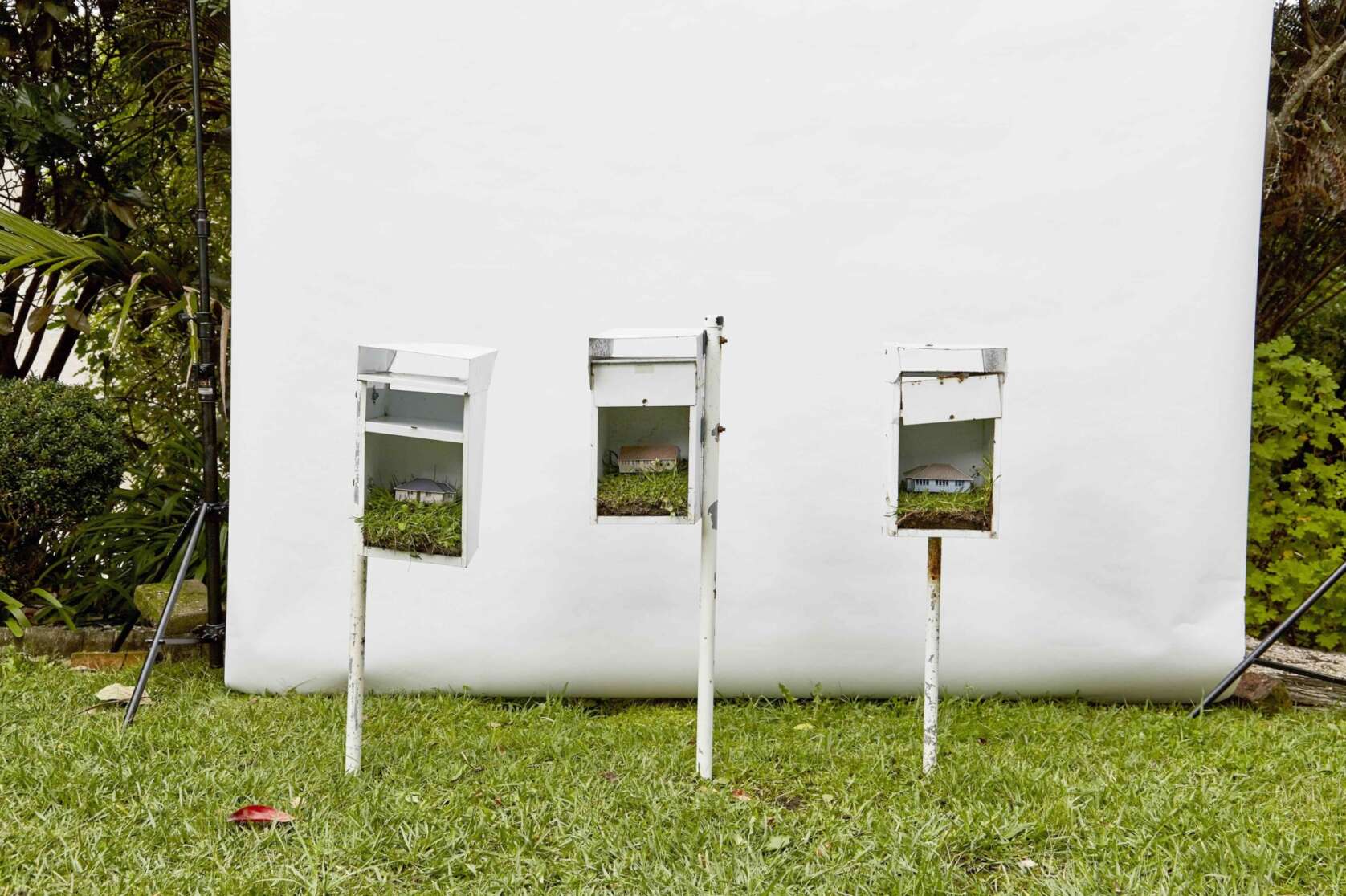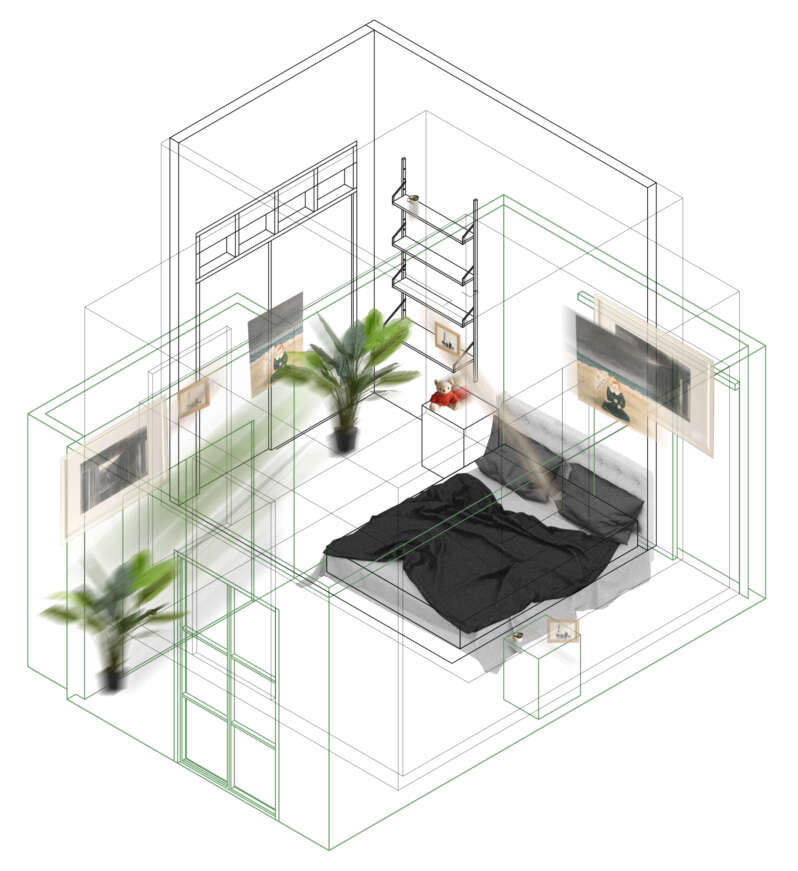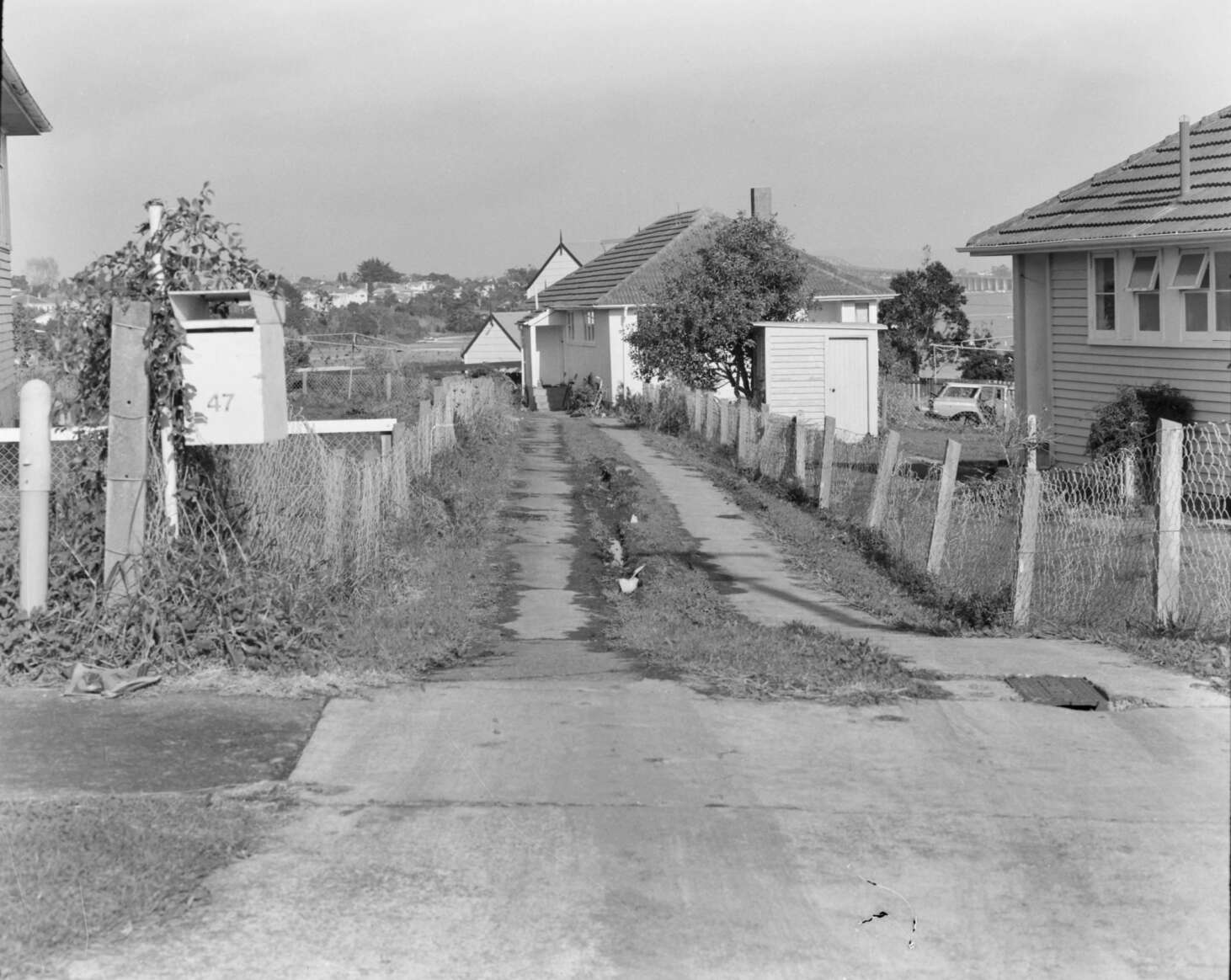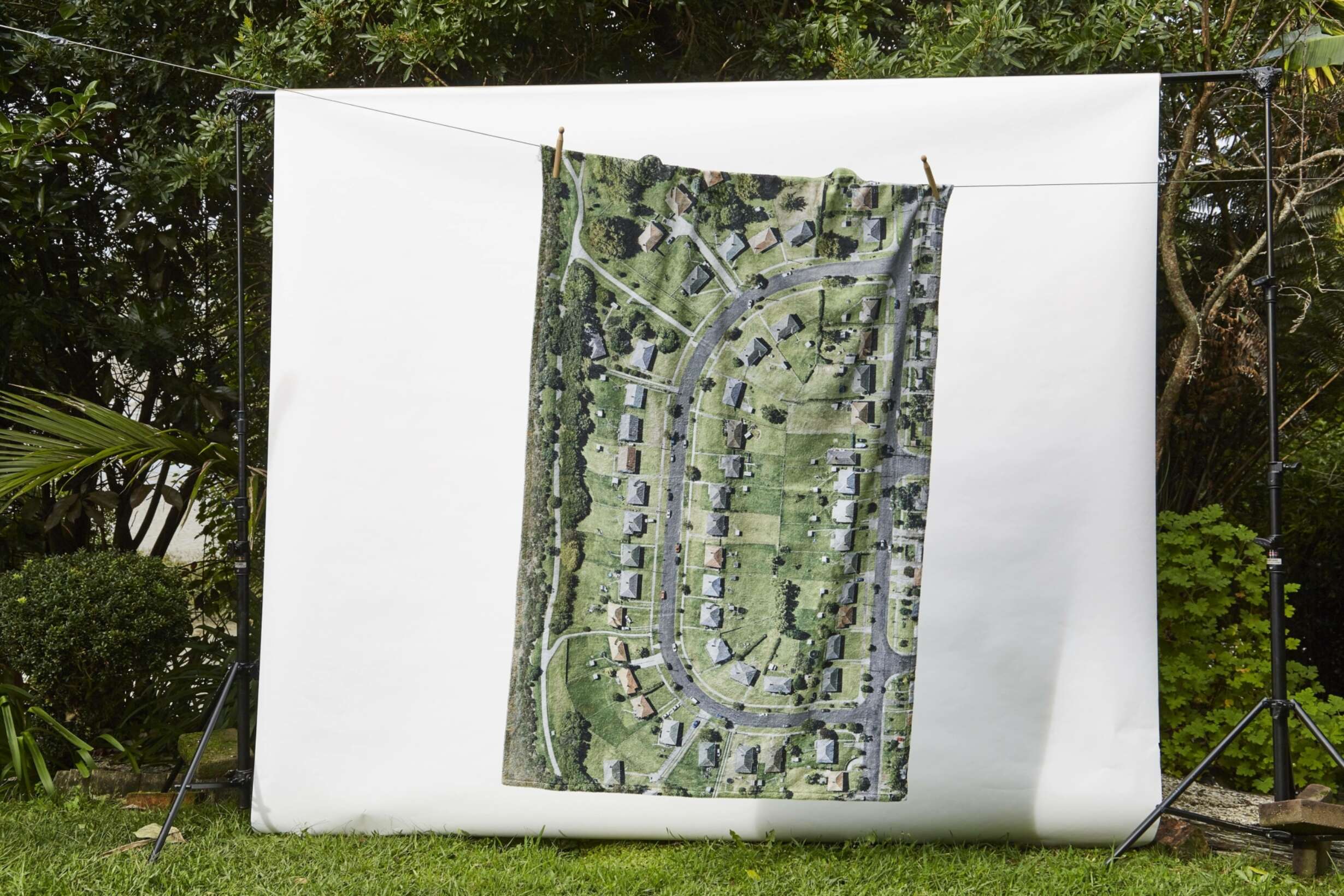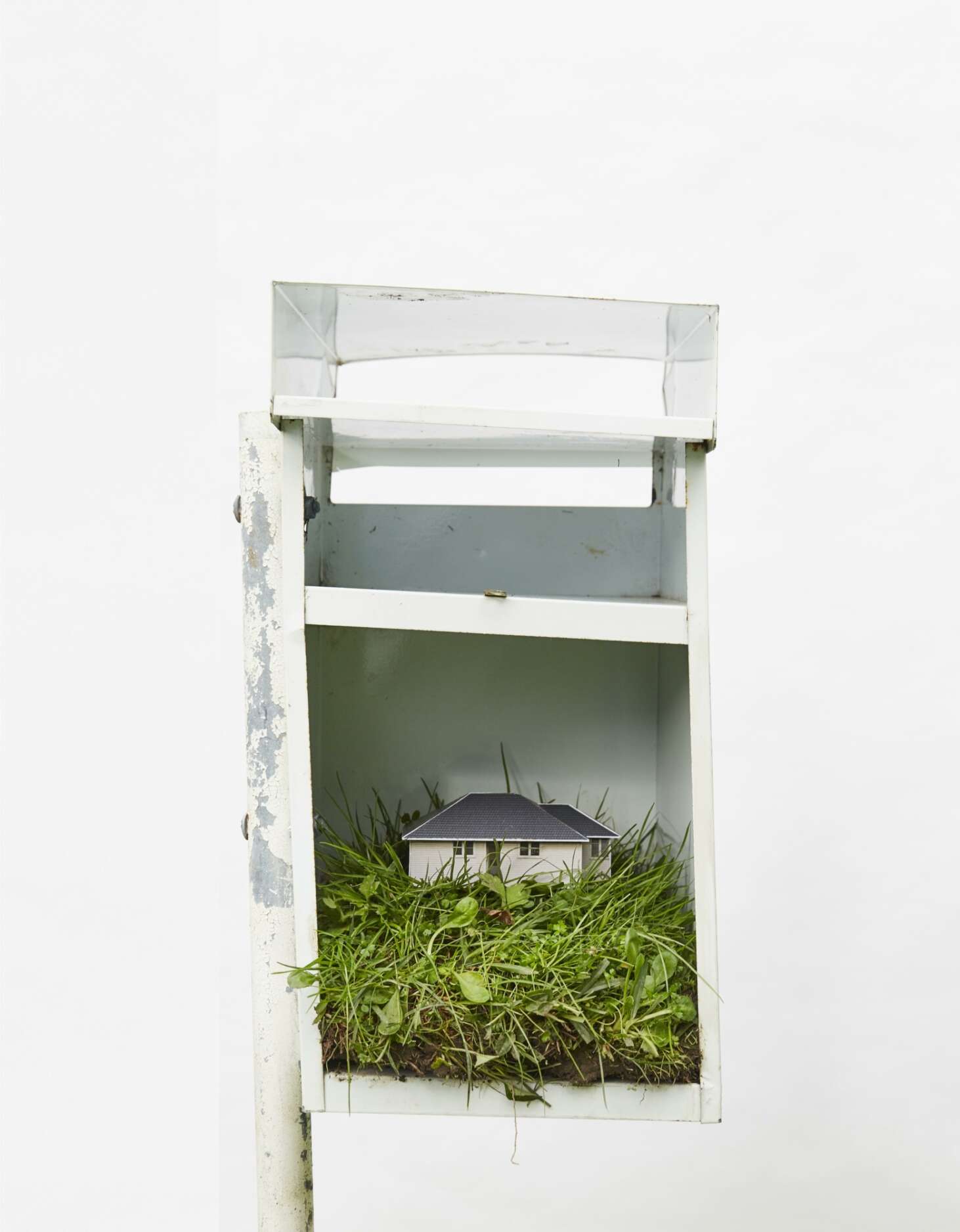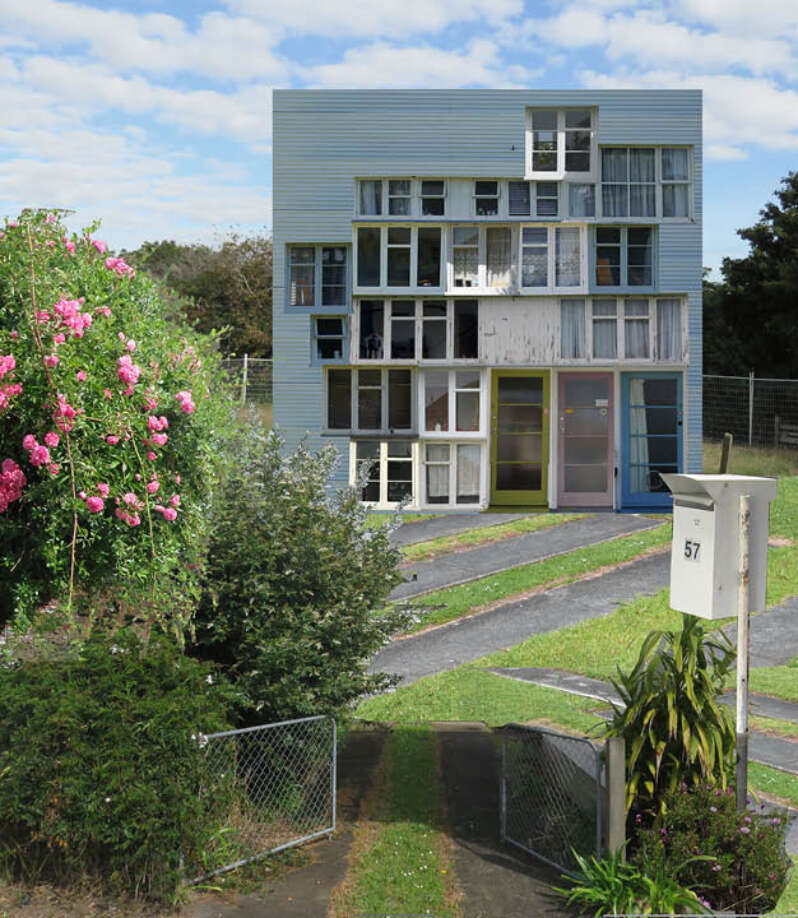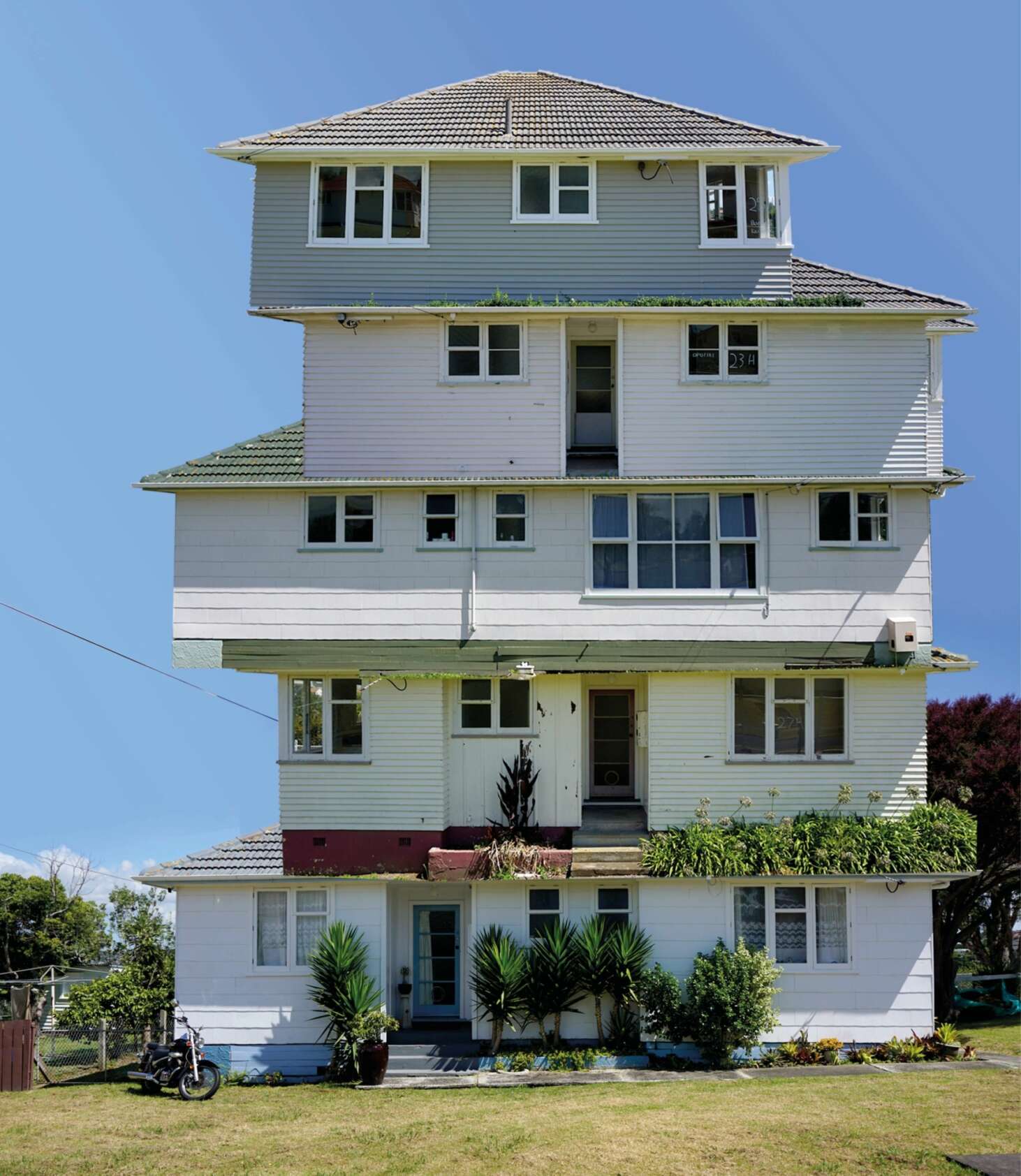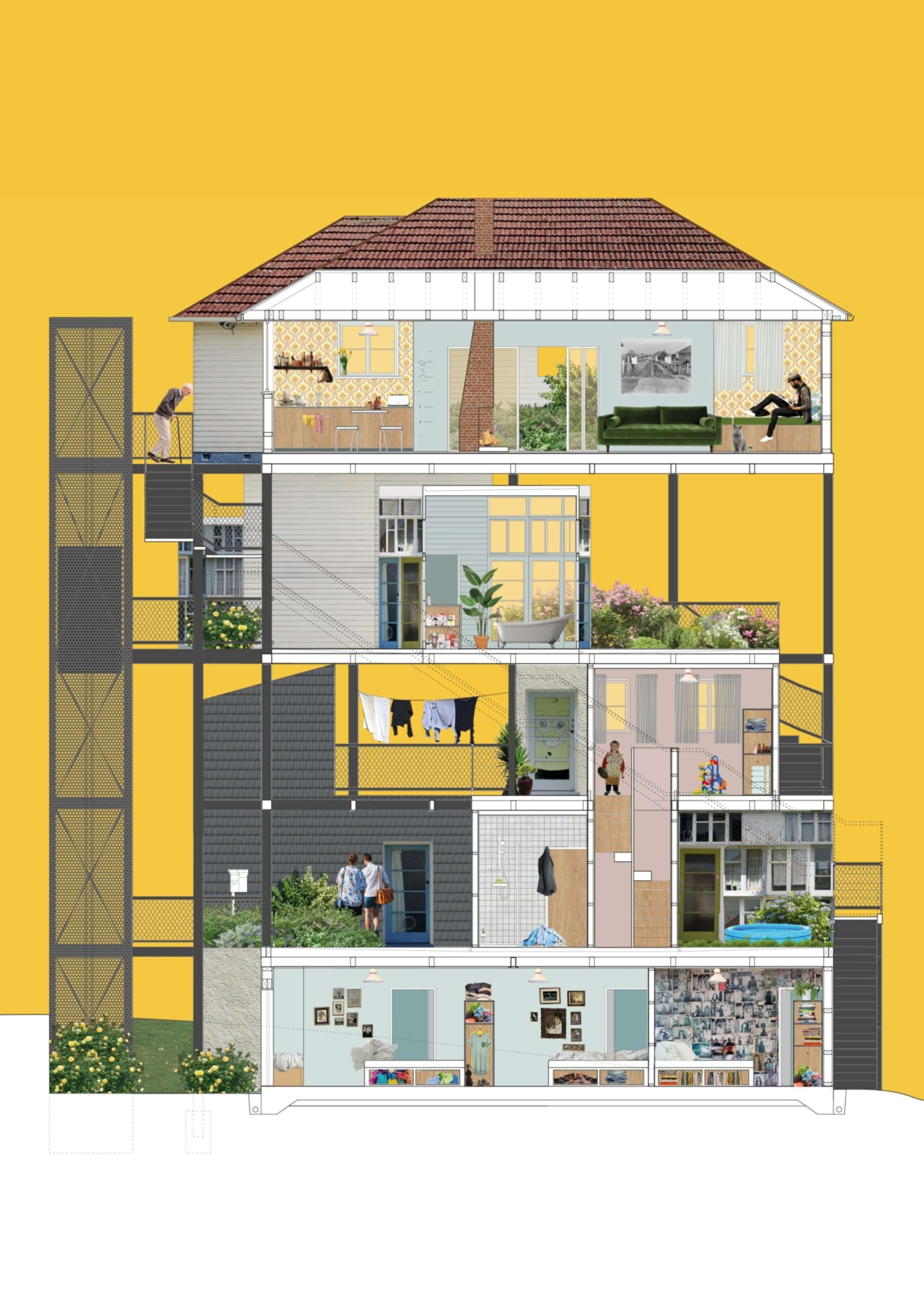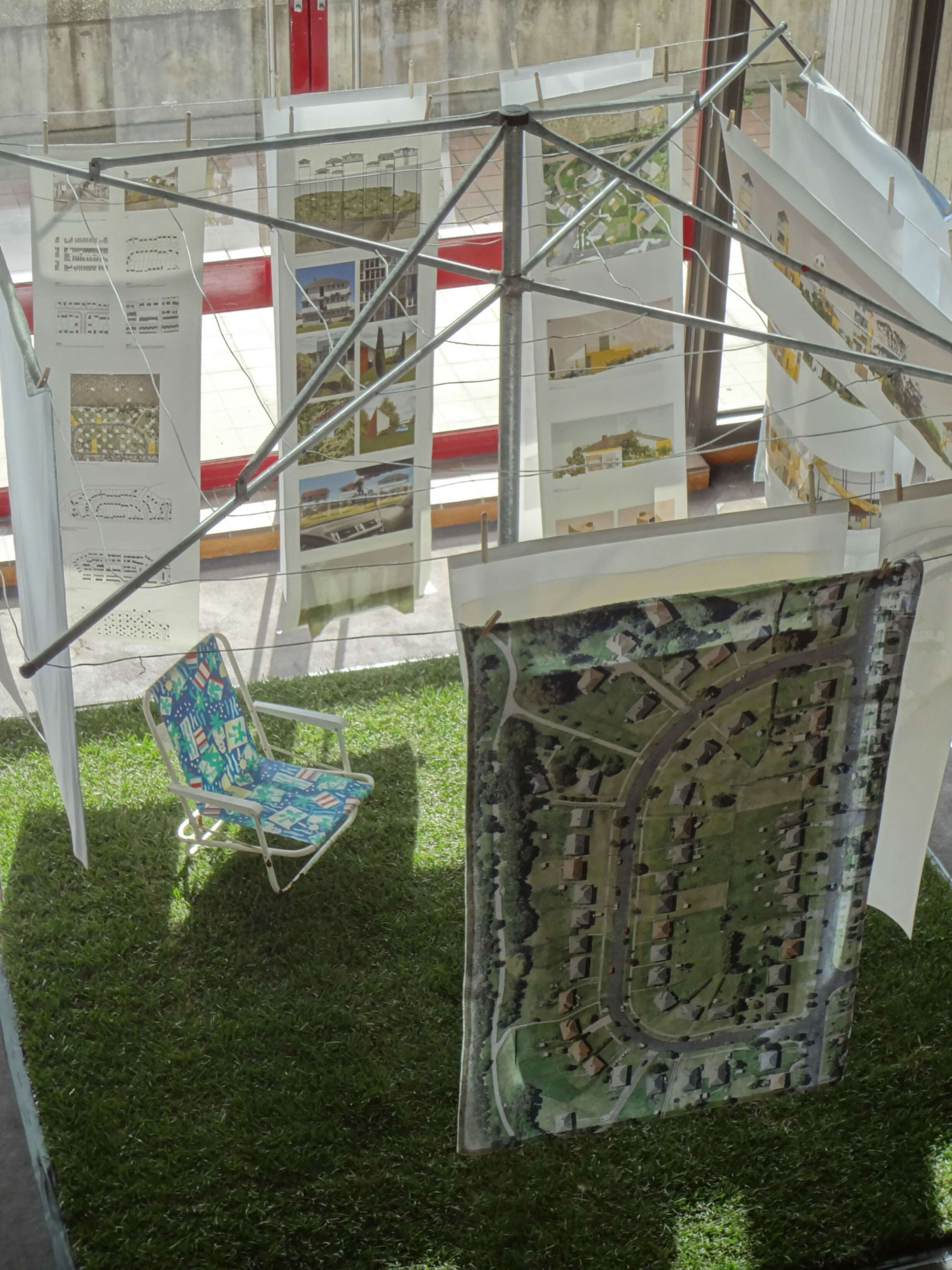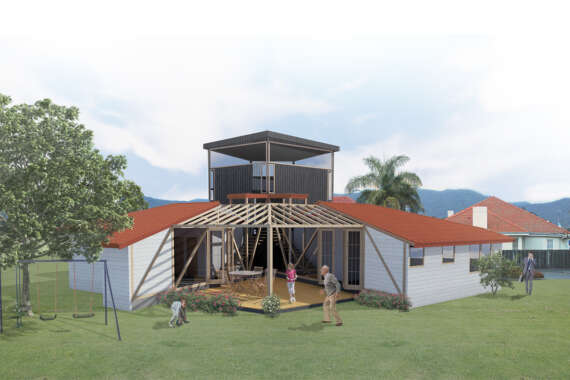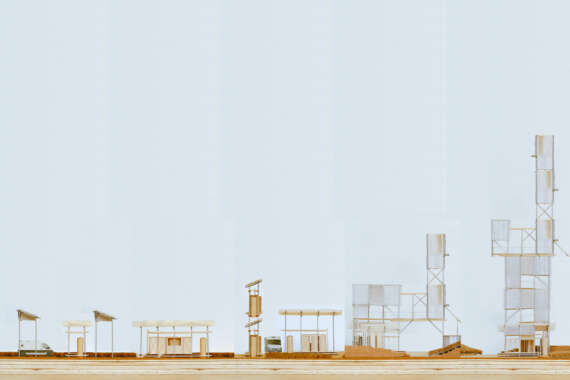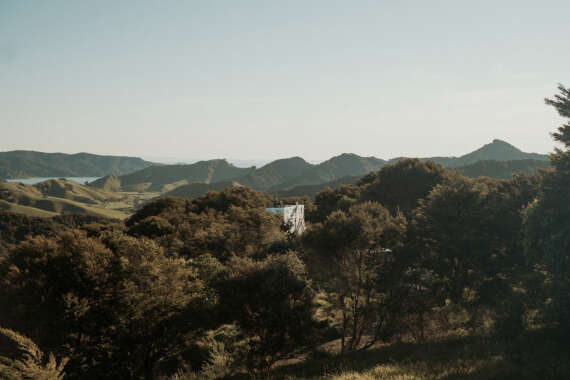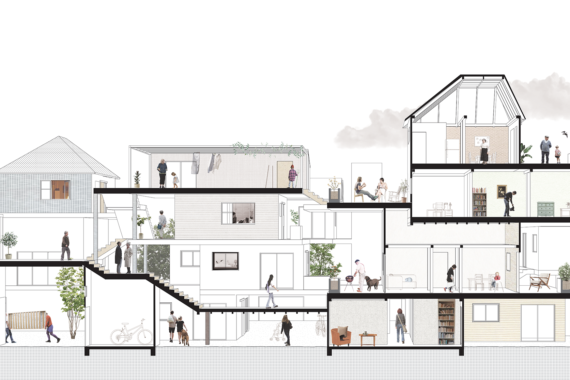Those who do not already own property are progressively more vulnerable to sudden changes in address, contributing to a widespread diasporic condition. Such precariousness, previously reserved for the marginalised and displaced, is now the millennial generation’s 'normal'. For refugees and millennials alike, ‘home’ is not necessarily localised to the house, but increasingly dispersed as a series of sites and objects scattered across physical and digital space.
What opportunities does this ‘crisis’ provide to reassess the meaning of ‘home’, and the role that architecture plays in a more distributed definition of homemaking?
Taking an Auckland site in transition, where 82 state houses are being sold and relocated to make way for a private development, I explore the political and ideological foundations upon which these houses were built, along with the pressures contributing to their imminent un-building. Rather than a radical rejection of the old, I adopt a durational approach to domestic occupation that enables multiple ideals to coexist.
Avoiding a 'tabula rasa' approach, both architecturally and ideologically, I ask what vestiges of state housing remain useful and relevant? Built in and from the residue of a garden suburb is a series of personal and shared domestic spaces scattered through private, commercial and communal space. Considered as an experimental housing development funded by Housing New Zealand, the project celebrates state houses as enduring icons while challenging and reconfiguring their ideological foundations. The proposition is designed specifically for transience, fragmentation and distributed homemaking, but acknowledges nostalgia, familiarity and DIY culture as enduring ‘homely’ values.
Gael Ferguon, Building the New Zealand Dream (Palmerston North: Department of Internal Affairs. Historical Branch, 1994).
Kate Bryson, The New Zealand Housing Preferences Survey: Attitudes towards medium-density housing (Study Report SR378). Judgeford: BRANZ Ltd, 2017.
Phillipa Howden-Chapman, Home Truths: Confronting New Zealand’s Housing Crisis (Wellington: Bridget Williams Books, 2015).
